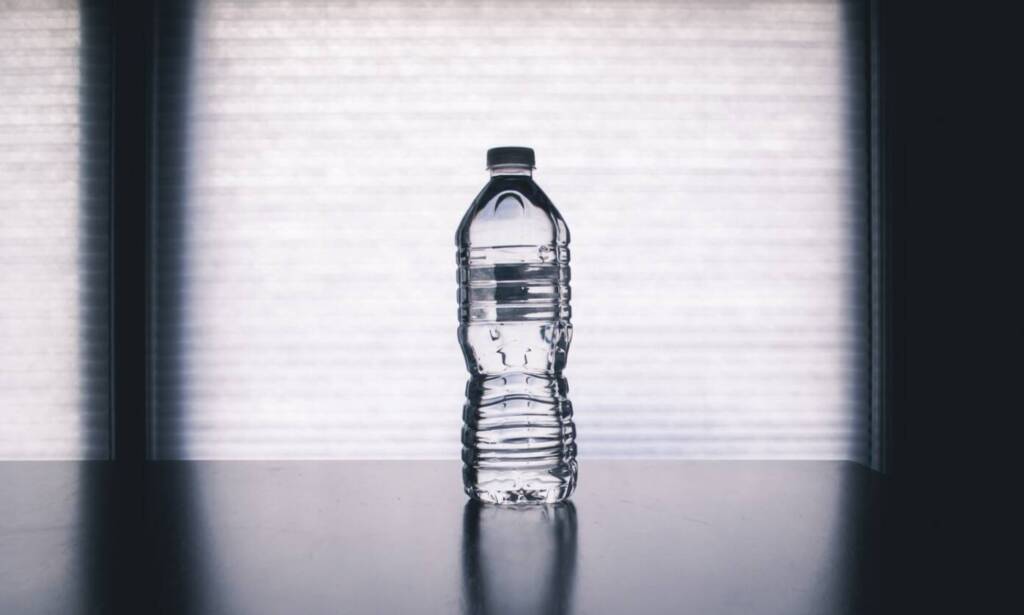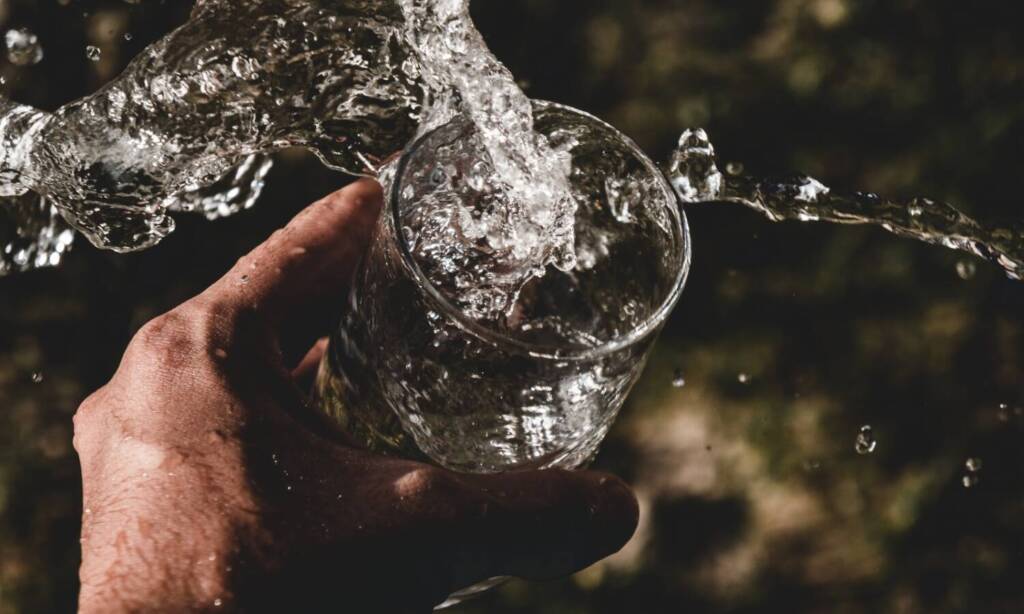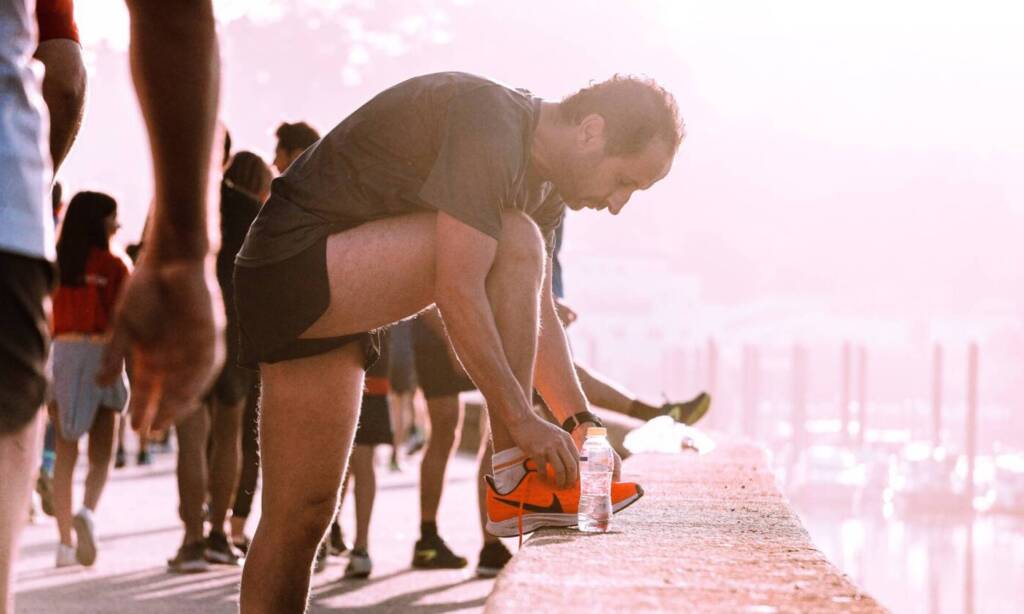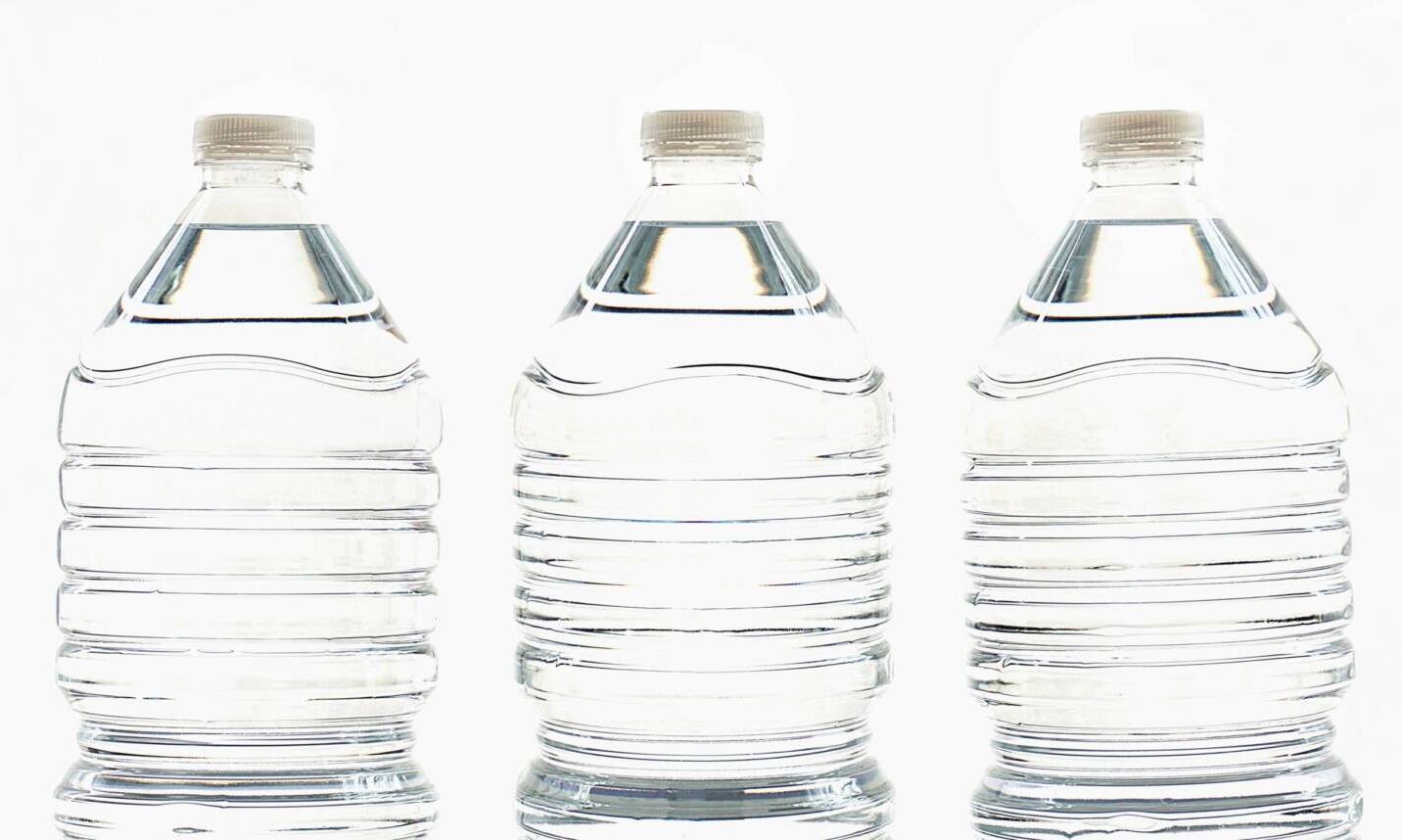The product has several utilities, but the downsides surrounding it are guaranteed to put people off.
Water is one of the most fundamental needs for the survival of humans. This is why CBD water is a brilliant innovation that speaks to the innate needs of cannabis users while promising an excellent high at the same time.
Many have heard about CBD water, but few have seen it on shelves, and fewer still have tasted it. The product has been described as exciting, convenient, and novel for so long, it’s surprising that it’s not yet mainstream. Several factors have stalled the progress of this product’s market, especially its high cost and basic formulation.

In the last few months, several dispensaries have begun to stock up on many CBD-derived products after consumers indicated interest. Products like candies, beverages, cosmetics, pet food, and several everyday consumer items have been infused with CBD. In this recent surge, one would have expected CBD water to be one of the most common products since everyone depends on water, but this is not so.
The first time CBD water was released into the market, what came to the minds of consumers was that it was a uniquely formulated cannabinoid-infused beverage. This description is correct! However, many producers have begun to cut corners in producing this good product.
The Promising Nature of CBD Water
CBD water can become the most crucial cannabis product before CBD flowers, oils, isolates, and other edibles. Consumers only need to gain access to its premium versions.
Based on its liquid nature, it has the edge over other cannabis products because hydration is an essential concept for people, irrespective of their line of work. For instance, athletes reach for their water bottles after training sessions; fitness enthusiasts also guzzle down water when they are done with each session, and artists and even office-goers take their hydration seriously. Everyone needs a bottle of water with a cup of coffee.
A bottle of CBD water provides a less obvious way of consuming cannabis. The unseemly bottle of water containing cannabis is a socially acceptable method of discreetly ingesting CBD at the workplace, parks, restaurants, and other public spaces compared with loosening the cap of a tincture popping a gummy, or rolling a stick of flower mid-activities in public areas. Dissolvable CBD powder that works in water is also a new market entrant in the CBD water craze.
The Chemistry of CBD Water
The production of CBD water employs a nanoemulsion theory, which allows the water to be compatible with the cannabinoids. In this product, emulsifiers are used to encase the CBD compounds in tiny droplets (which is why you can see the CBD particles in a bottle of CBD water). Cannabinoids are fat-soluble compounds, not water-soluble. This relative mixture of cannabis and water makes the cannabinoids bioavailable.
Reports say some bioscience companies utilize better techniques to create CBD water through water-soluble methods. Some CBD water products are infused with flavorings and colorings to appeal to regular products.
The Problem With CBD Water
The support for CBD water is currently at a simmer. That is why the product has been scarce despite being proven to provide relief for pain, inflammation, anxiety, and some other medical conditions. Here are a few factors creating a chokehold for the product.
Cost
CBD water is one of the most expensive CBD-derived products. This is the first thing that puts people off. In the UK, a 250ml bottle of CBD water with about 10mg of CBD costs £1.99, which is equivalent to about $2.7 in the United States. For a full bottle with as much as 500mg of CBD, the cost can be as high as £26 ($35) for a 10ml size.

Low CBD content
CBD water has a low cannabidiol content. The first products that were released into the market were highly concentrated. However, recent products contain only a minimal amount of CBD. Compared to edibles, isolates, and flowers, CBD water does not provide its value in cannabidiol to consumers. For such high-priced products like these, consumers expect only the best in quality and potency.
RELATED: 54% Of CBD Beverages Contain Less CBD Than Advertised
The majority of the bottled or canned CBD waters on the market are incredibly diluted and offer minimal impact to the user. For you to feel the effects of cannabidiol with CBD water, you need to gulp down at least two bottles. Even with this, the impact you think is more or less the same level as the effects felt when you take a drop of mid-strength full-spectrum CBD oil.
Degradation
CBD water loses its potential benefits when exposed to light and air for days or weeks. Different labels package their products with various types of materials. The most common packaging is transparent plastic bottles. However, it has been discovered that while transparent containers are optimal for water, the container causes a gradual degradation of CBD compounds.
RELATED: Wine Or Weed? Experts Discuss The Future Of Cannabis-Infused Beverages
CBD is a meroterpene; it is part phenol and part terpene. This quality explains the gradual degradation observed when CBD products are exposed to light and air over a prolonged period. Placed on shelves under supermarket light, CBD water lost its potency well before customers purchased it. The only way to reduce this deterioration is to use opaque containers. However, these can not be revealed once opened. So either way, the content gets exposed to air or light.

Some companies have worked around this dilemma by producing CBD water in smaller opaque bottles and glasses that can be gulped down at once (with this new development, prices are expected to go even higher).
Bottom Line
The CBD water market is sinking at a fast rate right now. The questionable product design, the volatile nature of cannabidiol, and the hefty price tags all contributed to this massive downfall. The product has several utilities, but the downsides surrounding it are guaranteed to put people off.
This does not mean you should not try the product. If you prefer convenience without worrying about the cost, you can carry on with these products. But you would do well to exercise caution by purchasing only the recently produced bottles from licensed dispensaries.
For people who care about the impact of this product on their wallets, it is better to avoid CBD water now until the manufacturers are ready to do what’s right. For this market to start swimming, CBD water has to live up to its hype.


